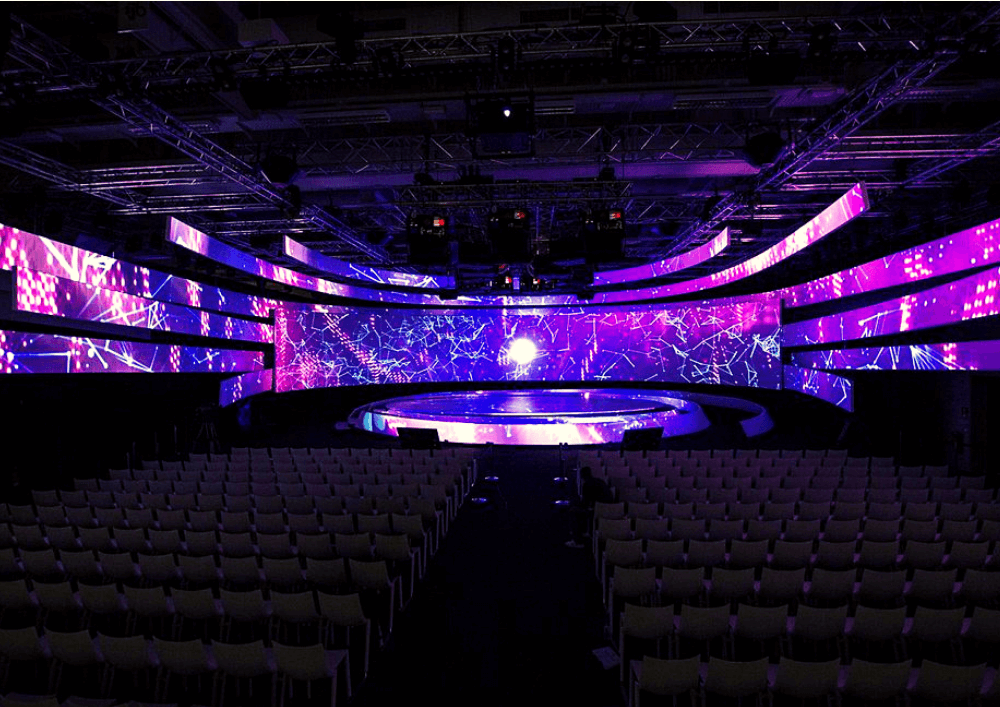Exploring the Durability of LED Display Panels in Comparison to Conventional Display Technologies
Exploring the Durability of LED Display Panels in Comparison to Conventional Display Technologies
Blog Article
Light-emitting diode wall screens have become progressively popular in recent times, particularly in settings like schools, corporate spaces, and community spaces. These screens use light-emitting diodes (LEDs) to create bright and vibrant images. One of the most notable benefits of LED innovation is its longevity compared to traditional screen methods, such as cathode tube monitors (CRTs) and liquid display screens. Grasping the differences in lifespan and functionality between these options can assist consumers make knowledgeable choices about their display requirements.
Traditional display methods, like CRTs, have been around for many decades. They were frequently used in TVs and PC monitors. However, CRTs have a limited lifespan, typically lasting around 10,000 to 20,000 hours of operation. This means that after a couple years, users may observe a decline in image quality, such as fading or hue distortion. In comparison, LED panel panels can last considerably longer, frequently exceeding 50,000 hours. This extended duration means that users can enjoy reliable functionality without the need for frequent substitutions.
Another crucial factor to consider is power conservation. LED panel panels utilize less energy than traditional displays, which not only benefits the ecosystem but also reduces electricity expenses. For instance, while a CRT monitor may use approximately 100 W of energy, an LED panel can use as few as 30 to 50 W. This difference in energy usage adds to the total longevity of LED technology, as reduced power consumption generates less thermal energy. Excess heat can damage electronic parts, resulting to a shorter lifespan for conventional screens.
In furthermore to their extended duration and energy efficiency, LED panel screens also offer superior image clarity. They offer more vivid colors and better differentiation, making them perfect for various applications, from marketing to learning displays. The innovation behind LED screens allows for a wider viewing perspective, meaning that visuals remain sharp and More Help vibrant even when viewed from the side. This is a significant benefit over conventional displays, which often suffer from color deformation and diminished luminosity at wider perspectives.
In summary, the longevity of LED wall panels compared to conventional screen methods is a key factor for consumers to consider. With lifespans that can exceed 50,000 hrs, energy efficiency, and superior visual clarity, LED innovation provides many advantages. As technology continues to advance, LED wall panels are likely to turn even more common in various settings. Understanding these differences can help individuals and organizations make improved decisions when purchasing in screen innovation, guaranteeing they get the best value for their requirements.